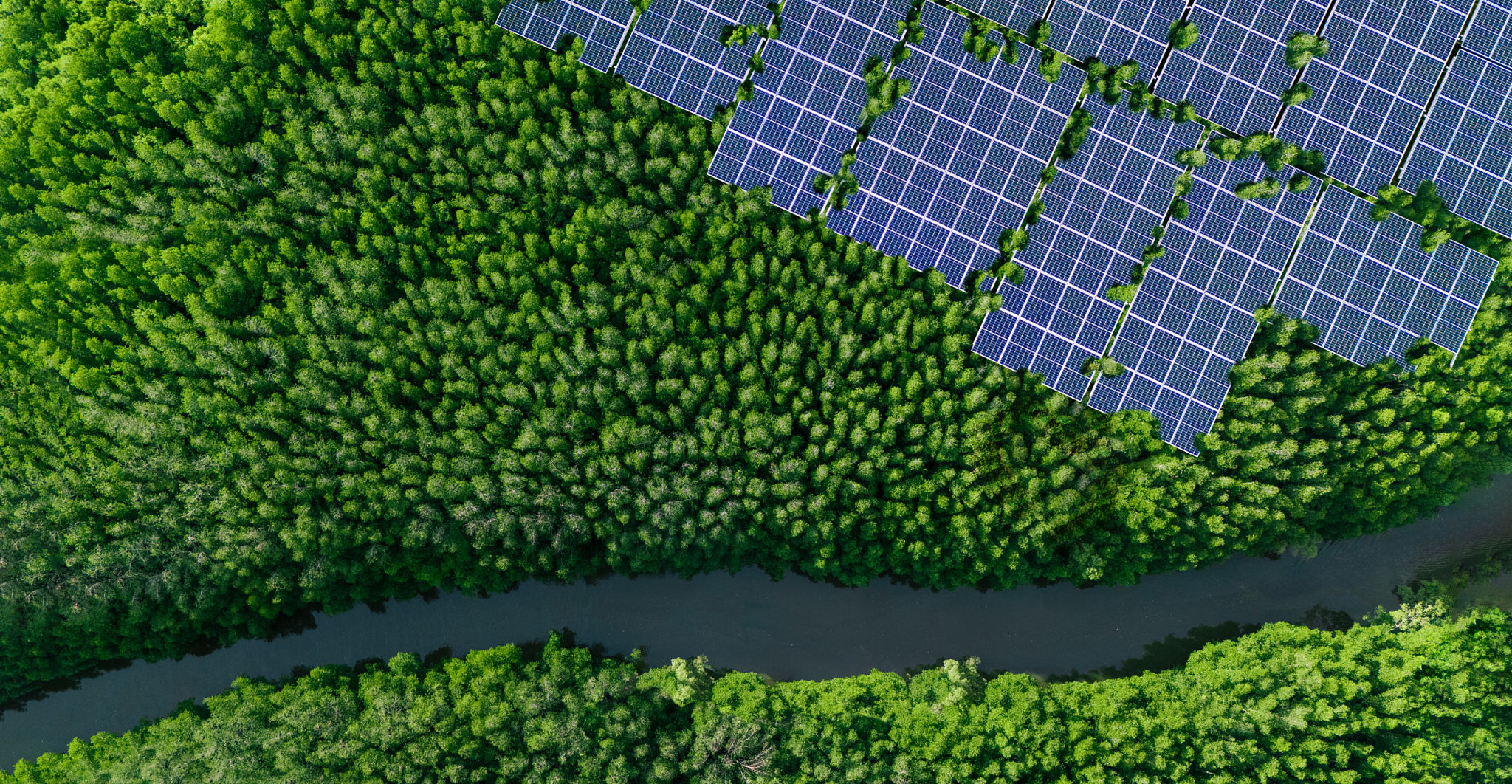Preparing Your Home for Solar Installation: A Step-by-Step Guide
Understanding the Basics of Solar Energy
Transitioning to solar energy is a significant move towards sustainability. Solar panels convert sunlight into electricity, reducing dependence on traditional power sources and lowering energy bills. However, before diving in, it's essential to understand how solar energy works and the benefits it brings.
Solar panels are made up of photovoltaic cells that capture sunlight and transform it into direct current (DC) electricity. This DC electricity is then converted to alternating current (AC) using an inverter, making it usable for household appliances. By investing in solar energy, homeowners contribute to a greener planet while enjoying reduced electricity costs.

Assessing Your Home's Solar Potential
Before installation, assess your home's solar potential. Consider factors such as roof condition, orientation, and available space. A south-facing roof typically receives the most sunlight, making it ideal for solar panels. Additionally, ensure that there are no significant obstructions like trees or nearby buildings that could cast shadows.
Consult with a professional to conduct a thorough site assessment. They can provide insights into the optimal panel positioning and estimate the amount of energy your system can generate. This evaluation is crucial to maximize your solar investment.
Roof Inspection and Maintenance
A vital step in preparing for solar installation is inspecting your roof's condition. Since solar panels have a lifespan of 20-25 years, your roof should be in good shape to avoid future complications. Conduct any necessary repairs or replacements before installation to prevent additional costs down the line.

Securing Permits and Financing
Once you've assessed your home's solar potential, it's time to secure the necessary permits. Local regulations vary, so consult with your installation company and local authorities to understand the required paperwork. Obtaining these permits ensures compliance with building codes and zoning laws.
Simultaneously, explore financing options. Many homeowners benefit from federal tax credits, state incentives, or local rebates that make solar installation more affordable. Additionally, consider financing options like solar loans or leases to ease upfront costs.
Choosing the Right Solar Provider
Selecting a reputable solar provider is crucial for a successful installation. Research various companies, comparing their experience, customer reviews, and pricing. A reliable provider will offer quality products, a comprehensive warranty, and excellent customer service.

Preparing for Installation Day
As installation day approaches, clear any obstacles around your property that might hinder the process. Ensure easy access to the roof and electrical panel for the installation team. Communicate with your provider to confirm installation schedules and any specific requirements.
On the day of installation, expect the process to take anywhere from one to three days depending on the system's size and complexity. The team will mount the panels, connect wiring, and ensure all components are functioning correctly.
Post-Installation Considerations
Once your solar system is installed, there are a few final steps to ensure everything runs smoothly. Verify that all paperwork is complete and retain copies for your records. Familiarize yourself with monitoring systems that track your system's performance and report any issues immediately.

With proper preparation and planning, transitioning to solar energy can be a seamless process. Embrace this eco-friendly power source and enjoy the long-term benefits it provides for both your home and the environment.